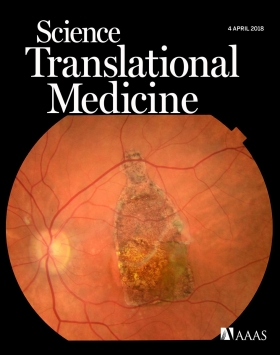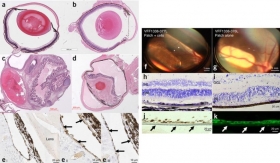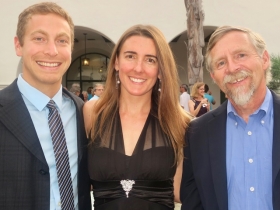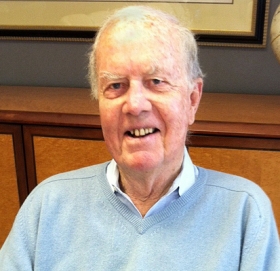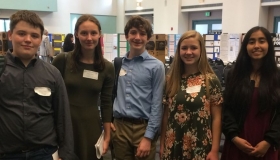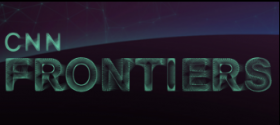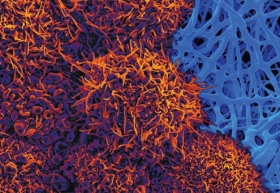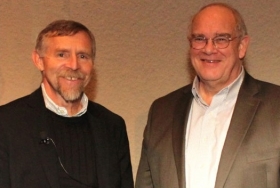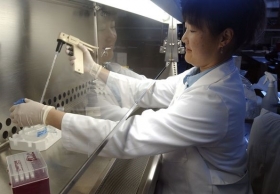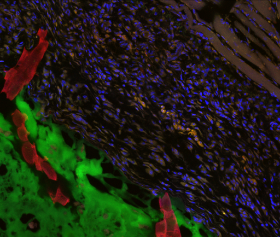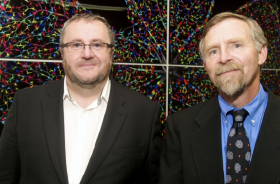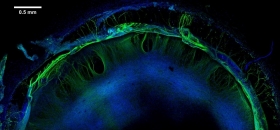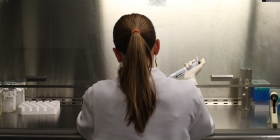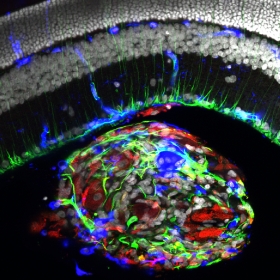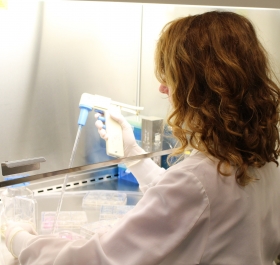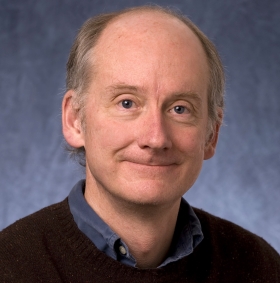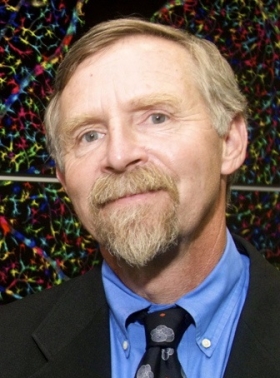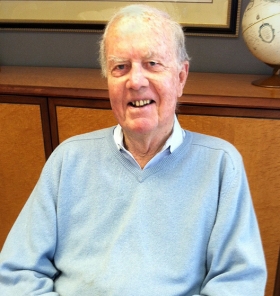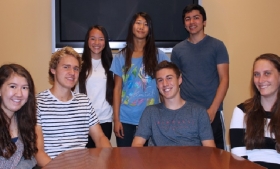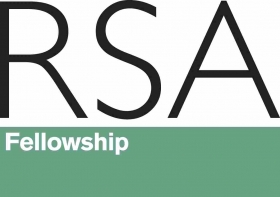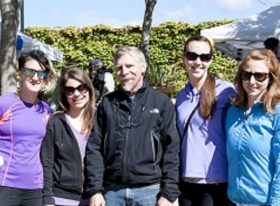A UC Santa Barbara collaboration publishes its clinical trial preliminary findings for a bioengineered retinal pigment epithelial monolayer for advanced, dry age-related macular degeneration. Non-neovascular age-related macular degeneration (NNAMD) is a progressive blinding disease primarily due to loss of the retinal pigment epithelium (RPE) of the eye. Currently, there is no effective treatment for NNAMD. Now, Kashani and colleagues have developed a clinical-grade retinal implant made of human embryonic stem cell (hESC)–derived RPE grown on a synthetic substrate. In a first-in-human phase 1 clinical trial in five patients with advanced NNAMD, the implant was shown to be safe and well tolerated. Preliminary results reported potential therapeutic effects on visual acuity, suggesting that this approach might be useful for treating retinal disorders involving RPE loss.
The paper is featured as the cover story of Science Translational Medicine April 2018, link below.

